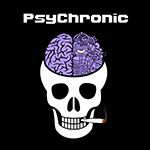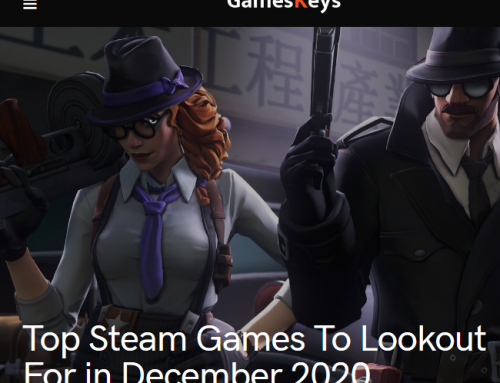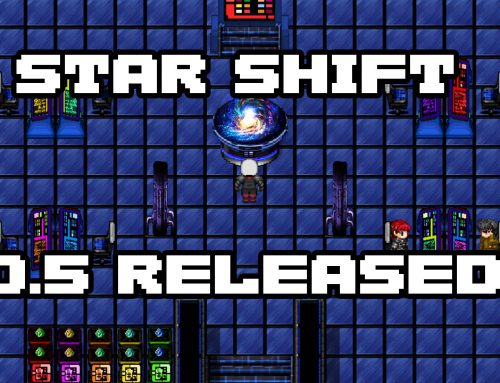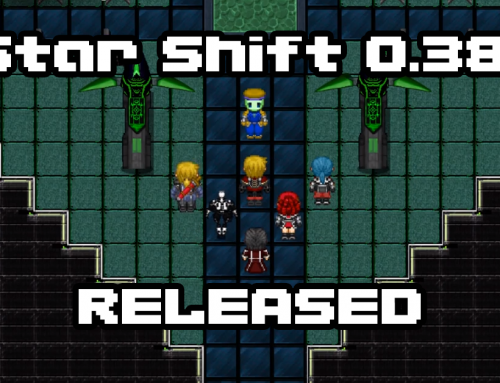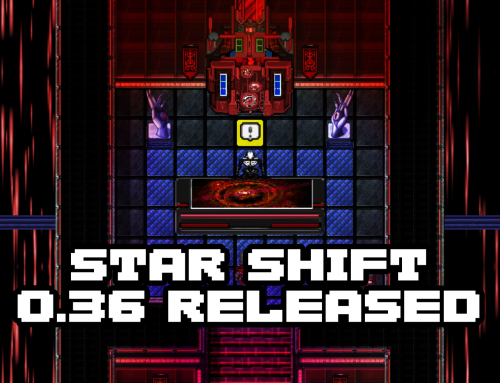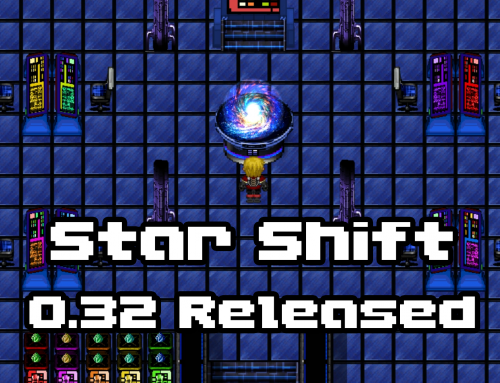Star Shift is a classic RPG, similar to Japanese RPG’s like Final Fantasy. However, unlike these classic Japanese RPG’s we will blend a little bit of the western style RPG’s (Fallout, Elder Scrolls, and others) in the game to allow for a depth of storyline and visible style similar to a JRPG, but with various branching story arcs that make the outcome of the game change immensely. Here is the short intro scene for our game:
But one might ask…Where did we get the inspiration from? What games are we thinking about as we are making this game?
1. Suikoden 2
Suikoden 2 is a big one for us. It is a game that was released by the Japanese company Konami in 1998. It is a cult classic Playstation RPG video game based on a Chinese folk novel called “Genso Suikoden”. The literal translation is “Legend of Water Margin“. The game’s main character is a military cadet in the Highland army’s youth brigade. In the beginning of the game you uncover a plot from your own government’s military that leads you on a journey where you set up your own rebel movement and there are 108 so called “stars of destiny” who you recruit on your journey. Here’s the intro scene for the game that sets the tone for the story.
Many of these characters are not recruited unless you make certain decisions in the game correctly. Every time we play we probably get about 70 of them. The regular battle system is interesting too because you have 6 characters per party (as does Star Shift). Depending on who you recruit it changes your rebel movement and the castle you have where your rebel movement is based out of begins to change depending on who joins your movement. The game also featured a tactical battle system for army battles (In sections of the game where thousands of troops would be fighting).
Here is a video of those army battles in Suikoden 2:
We are also implementing a tactical battle system for fleets of star-ships and ground battles.
Here is a video of the pre-alpha Star Shift tactical battle system in action:
The last thing about Suikoden 2 is that it probably had one of the most evil villains we’ve ever seen in a game.
Luca Blight was one of those characters you LOVE to HATE:
2. Xenogears
Xenogears is another good one. It is a game that was released by the Japanese company Squaresoft in 1998. The game had an excellent soundtrack and the story-line is epic in that there is a lot of detail, and many plot twists in the game. It’s one of those games where you have to play it 3 or 4 times to really absorb it. The game actually draws inspiration from Christianity (oddly enough) but adds a bit of sci-fi to it.
The planet in the game is not Earth, it’s some other alien world. Thousands of people live on a giant city ship. The AI of the city ship went rogue and crashed the ship into the planet and killing the crew, only a few people survived as well as the AI…After generations the AI is referred to as “god”. So basically the goal of this game is to find and kill god.
Xenogears almost didn’t make it stateside because they were worried parents would complain about the religious overtones in the game.
Here is the intro scene of the game:
Another look at the gameplay as well:
3. Final Fantasy 7
Final Fantasy 7 was also developed by Squaresoft in 1997. It broke from the rest of the series in many ways. The main storyline plot of the game was strange but in some ways oddly relevant to the real world. The game’s story is that a giant mega corporation (Shinra Corporation) basically took over the world. The game takes place about a generation or two after this has already happened and society has decayed, rusted.
The power source that everybody uses is called “Mako Energy” and by using it it actually kills the soil/plants. The mako energy is then turned into these little balls called “Materia” which is the magic in the game, but the “magic” is an actual mechanical device, not just magic that they just have “in them” somehow like most of the Final Fantasy games. The game’s main characters are a group of eco terrorists that are trying to stop Shinra from continuing to destroy the planet with this technology.
The game (which was made in 1997) even has some parallels with the events that later happened on 9/11 with the World Trade Center buildings. The largest city in Final Fantasy 7 is called Midgar. Midgar has 2 levels or plates, an upper plate where the wealthy and well connected live, and the lower floor which is the slums…which is roofed over so the poor can’t even see the sunlight.
In your journey to try and take down the giant Shinra corporation, you encounter the CEO of the company where he tells you that he’s going to drop the upper plate of one of the sections onto the lower plate, killing millions of people. Then he says he’s going to blame it on your terrorist group, and people will beg Shinra to keep them safe and allow Shinra to control anything it wants in the name of safety. Your group is not able to stop the plate from falling. Here’s how it went down.
4. Fallout 3
The Fallout series takes place in a dystopic future where the world basically wiped itself out in nuclear war. Before the bombs fell, people managed to make it into underground bunkers or vaults. Your character grows up in one of these vaults, eventually you leave the vault to see a broken world where it’s basically choose your own adventure at that point. In the game you could be a force for good and help others in the wasteland or you could be a total psychopath if you wanted to be.
In Star Shift we also have different moral choices that the characters can make in the game to either be a good person or a total psychopath, and this will change the style of government in your colonies as a result. This video is a small example of one of many of these moral choices. In this part of the game you have orders to neutralize some drones and also any insurgents in the area. You can either follow your orders and kill a family in cold blood, or you can save them.
5. Mass Effect
Mass Effect was created by Bioware in 2007. It revolves around a soldier named Commander Shepard, whose mission is to save the galaxy from a race of powerful mechanical beings known as the Reapers and their agents, including the first game’s villain Saren Arterius.
The first game, released in 2007, sees Shepard investigating Saren, whom Shepard slowly comes to understand is operating under the guidance of Sovereign, a Reaper AI left behind in the Milky Way tens of thousands of years before, when the Reapers exterminated virtually all sentient organic life in the galaxy as part of a recurrent cycle of genocide for an unknown purpose. Sovereign’s purpose is to trigger the imminent return of the Reaper fleet hibernating in extra-galactic dark space, restarting the process of extermination.
The game was unique in that it had a detailed storyline but you could go to any of the planets in the story out of order.
In Star Shift we also have the option of exploring the galaxy and running into various short stories as well as the main storyline that changes the outcome of the game.

